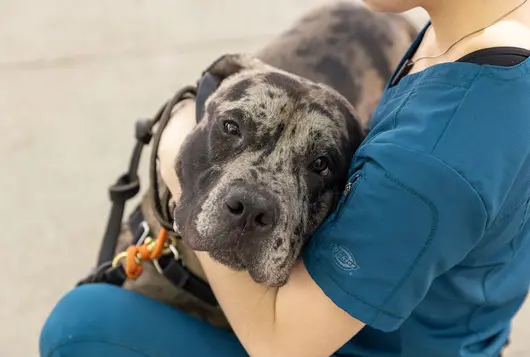Syncope with Eye Drops in Animals

Would you know what to do with a patient who had ingested eye drops? See how your treatment plan measures up with this hypothetical case study.
Missy is a healthy, spayed female; a 4-year-old, 100-pound Bullmastiff. About 30 minutes prior to presentation, the owner saw her chewing on a 15-ml bottle of eye drops (the kind designed to help red eyes, with an active ingredient of 0.025% Oxymetazoline hydrochloride).
Missy's owner saw her vomit and then collapse. Upon examination, you notice that Missy is bradycardia (heart rate is 50), hypotensive (blood pressure is 80/65), and depressed.
What Is Your Conclusion?
- Missy has had a vasovagal response to emesis. She will recover quickly. There is no need for treatment.
- Missy has some significant underlying cardiac disease. A full cardiac workup and referral to a cardiologist are indicated.
- Reverse the signs caused by the a2-adrenergic agonist imidazoline decongestant in the eye drops with a single dose of atipamezole and send the pet home.
- Reverse the signs caused by the a2-adrenergic agonist imidazoline decongestant in the eye drops with atipamezole and keep Missy in hospital on fluids. She can go home when she has not needed a repeat dose of atipamezole for four hours.
The correct answer is 4. The signs are very consistent with Oxymetazoline, which is an imidazoline decongestant.
Atipamezole, being an a2-adrenergic antagonist, will reverse the signs, but the half-life of atipamezole is short, so additional doses may be indicated, based on the clinical signs that the pet is showing.
We have lots more on this subject:



